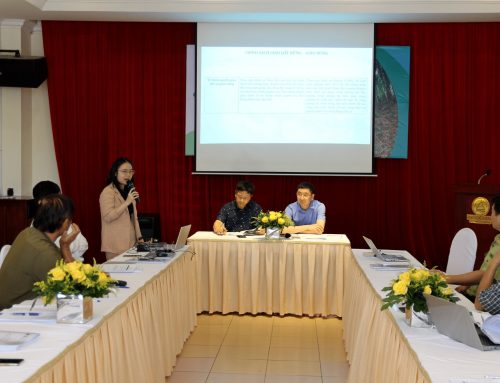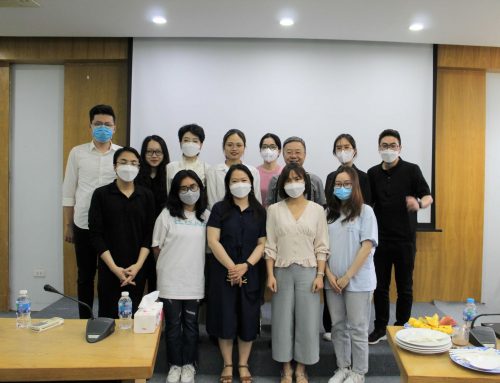After nearly six months of implementation, the World Bank-sponsored VACI 2011 project has achieved its expected target – to raise awareness and enhance capacity of the community participating in provision and budget spending of public facilities at local level, according to a discretionary external evaluation organization.
Next, the project will assist local communities in developing a model to improve public facilities using participatory methods (depending on proposals from targeted communities) with the aim of helping local authorities at the grassroots level to comprehend and put into practice knowledge and skills attained from the project’s training courses.
To launch the second phase of the project, CISDOMA collaborated with People’s Committee of Tan Bac commune to organize the seminar Choosing targeted community to select a village/facility for developing the pilot model, which included forming the community working group, estimating the model’s costs, selecting bidders, and supervising the pilot area/facility. The seminar used the participatory tools/methods from the previous training course such as group discussion, village mapping, color-coded cards, and priority ranking and scoring.
At the seminar, Hoang Van Xit, representative of the community working group of Tan Dao commune (Trang Xa district, Thai Nguyen province – VID 2009 project) shared some experiences with the participants on how to select targeted commune/ form community working group, and monitor pilot area. The participants were most drawn to his solution to generating enhanced participation in model development: “While implementing a model, we should promote the participation of local people to the highest level and disburse the budget economically. To build trust in local people, we should also take advantage of what we have, and ensure transparency in budget spending.”
Afterwards, the participants selected Nam Kham to be the pilot village. Nam Kham had 129 households, 50 of which were classified as poor. The population of Nam Kham was made up of five ethnic groups: Nung, Dao, Pa then, La Chi, and Kinh. The distance from the village centre to the commune centre (where the commune’s secondary school was located) was 6 km, a third of which could be passed only by walking. Nam Kham village was planning to rebuild or repair its boarding houses.




